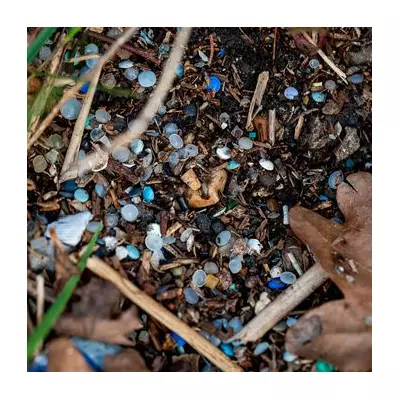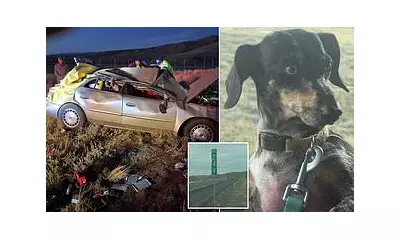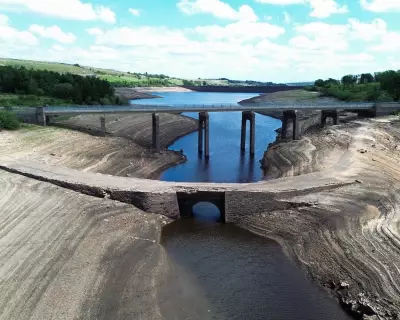
A disturbing wildlife incident has horrified Tasmanian residents and sparked a police investigation after several dead wombats were discovered piled in the back of a utility vehicle.
The grim discovery was made in the state's northwest region, where locals reported seeing the deceased native animals stacked in the ute. Tasmania Police have confirmed they are investigating the circumstances surrounding the wombats' deaths.
Community Outrage and Official Response
Wildlife authorities have joined the investigation, with the Natural Resources and Environment Department examining the incident that has drawn widespread condemnation from animal welfare advocates and local residents.
"This is a deeply distressing case of apparent wildlife cruelty," stated a department spokesperson. "We take all reports of potential offences against protected wildlife extremely seriously."
Wombat Protection Status
Wombats are protected native animals under Tasmanian law, with strict regulations governing their treatment and conservation. The bare-nosed wombat common to Tasmania faces increasing threats from habitat loss and vehicle collisions, making incidents of deliberate harm particularly concerning to conservationists.
Police have indicated the investigation is ongoing and are appealing to the public for any information that might assist their inquiries into this heartbreaking wildlife incident.
Legal Consequences for Wildlife Offences
Under Tasmania's wildlife protection laws, individuals found guilty of harming protected species like wombats face significant penalties, including substantial fines and potential imprisonment. The maximum penalties reflect the community's expectation that native wildlife should be protected from cruelty and unnecessary harm.
Animal welfare organisations have expressed alarm at the incident, noting that wombats play a crucial role in maintaining healthy ecosystems through their burrowing activities and vegetation management.





